
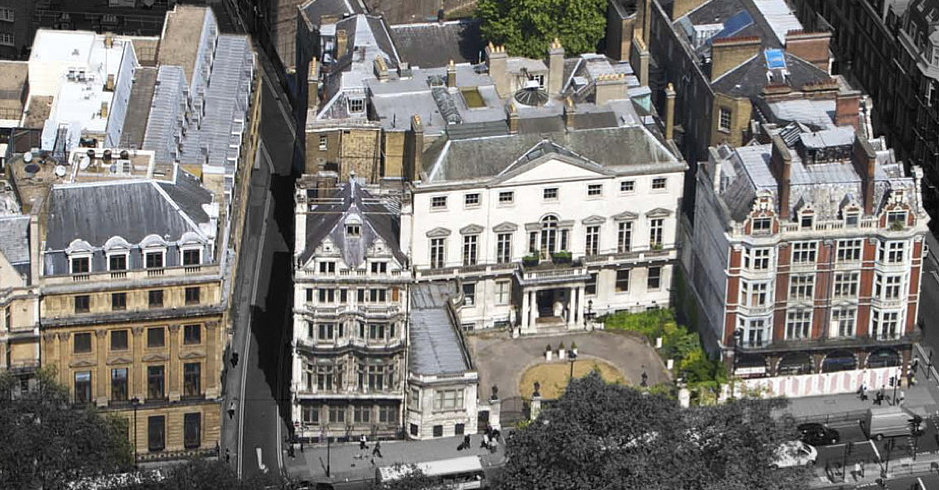
About Andrew Cusack
 Writer, web designer, etc.; born in New York; educated in Argentina, Scotland, and South Africa; now based in London.
Writer, web designer, etc.; born in New York; educated in Argentina, Scotland, and South Africa; now based in London. read more
News
Blogs
Reviews & Periodicals
Arts & Design
World
France
Mitteleuropa
Knickerbockers
Argentina
The Levant
Africa
Cape of Good Hope
Netherlands
Scandinavia
Québec
India
Muscovy
Germany
Academica
The Old In & Out
Cambridge House, Number Ninety-four, Piccadilly
ON MY WAY TO the Cavalry & Guards Club yesterday for lunch with an ancient veteran of King’s African Rifles (“Hardly qualify for this place — Black infantry!”) I realised I was a bit ahead of schedule and so took a gander at Cambridge House, the former home of the Naval & Military Club on Piccadilly. It’s surprising that an eighteenth-century grand townhouse of this kind has sat in the middle of the capital completely neglected, unused, and falling apart for over a decade.
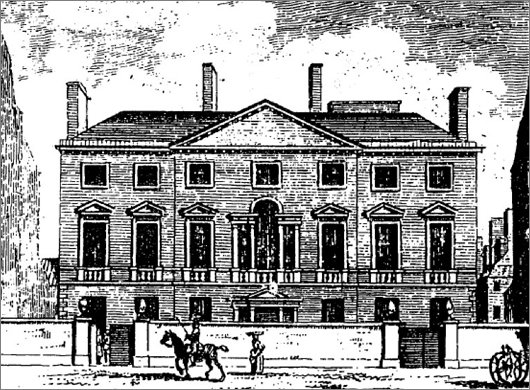
Cambridge House was built from 1756 to 1761 by Charles Wyndham, 2nd Earl of Egremont, nephew of the 7th Duke of Somerset and younger brother of Percy Wyndham-O’Brien, the 1st Earl of Thomond (of the second creation), as well as an enemy of the radical John Wilkes. The architect was Matthew Brettingham the Elder, better known for his more impressive work for the Curzons at Kedleston.
Given its progenitor, it was originally known as Egremont House. Early in the 1820s, however, it was sold to George Cholmondeley, 1st Marquess of Cholmondeley and thus became known as Cholmondeley House (pronounced “chumley”, of course). In 1829 it came into the hands of Field Marshal H.R.H. The Prince Adolphus Frederick, Duke of Cambridge, Earl of Tipperary, Baron Culloden, &c. The Duke was the tenth child of George III & Queen Charlotte and with his long occupancy No. 94 Piccadilly became stuck with the name of Cambridge House.
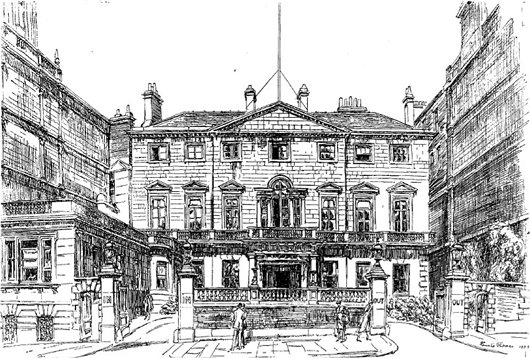
When the Duke died in 1850, Lord Palmerston bought the place and lived here during most of his two premierships. After Palmerston’s death in 1865, Cambridge House was purchased by the Naval & Military Club. The Naval & Military had been founded just a few years before because the three other military clubs in London — the United Service Club, the Junior United Service, and the Army & Navy — had all reached their full capacity of membership. The club organised the traffic into the forecourt of Cambridge House by affixing large letters stating ‘IN’ on the west gate and ‘OUT’ on the east gate, thus gaining for itself the nickname of “the In and Out”.
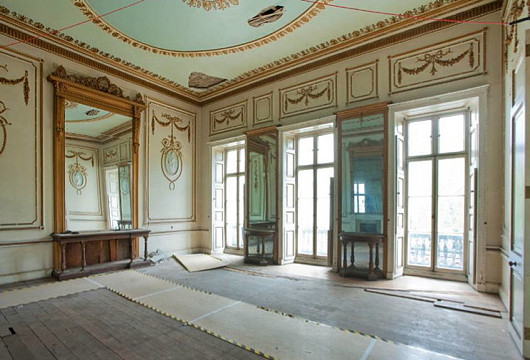
The Naval & Military survived here for over a century but by the 1990s, they had begun to find Cambridge House a cumbersome load to bear. In 1999, they sold up and moved to No. 4, St James’s Square, the former London home of Waldorf Astor, 2nd Viscount Astor, the New Yorker whose wife Nancy was the first woman to take her seat as an MP in the House of Commons (Countess Markievicz, the first female MP, having been a Sinn Féin abstentionist). The building was sold to Syrian millionaire Simon Halabi, who planned to turn combine it with surrounding buildings and turn it into a hotel, with swimming pool and squash courts beneath the forecourt. Halabi’s enterprises went under, however, and so Cambridge House has been left to rot and ruin for ten years.
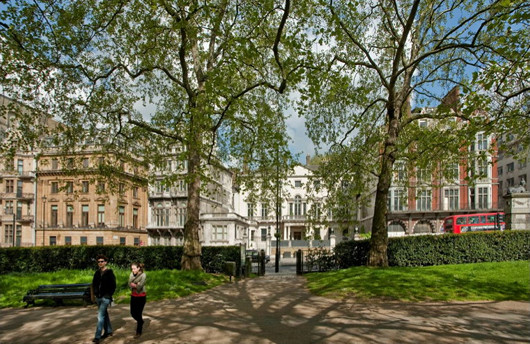
This summer it was finally sold (alongside its adjoining properties) for £150 million to David and Simon Reuben, the enterprising pair of brothers from a Bombay Jewish family. The Reubens say it’s too early to tell what they might do with the property. Perhaps sell it on to the current Duke of Cambridge, giving the Prince & Princess William a happy home right on Green Park? Grandma’s house (Buckingham Palace) is just across the park, after all.
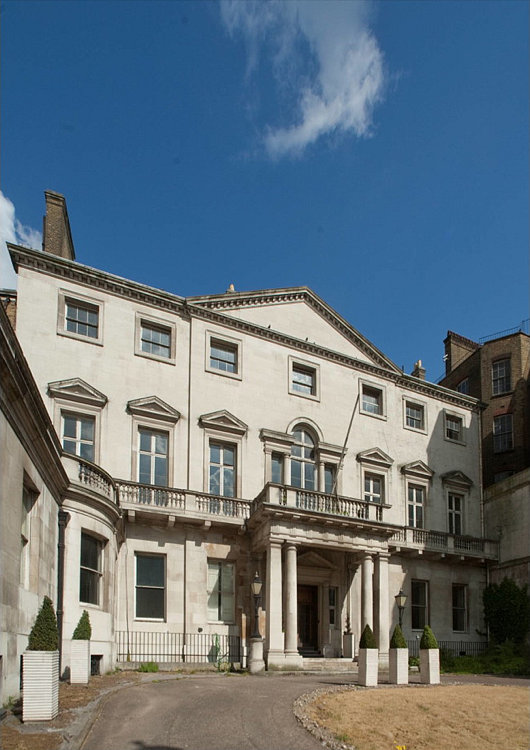
Search
Instagram: @andcusack
Click here for my Instagram photos.Most Recent Posts
- Bicycle Rack April 29, 2024
- Burns Tower April 19, 2024
- Patrick in Parliament March 18, 2024
- Articles of Note: 13 March 2024 March 13, 2024
- Cambridge March 9, 2024
Most Recent Comments
Book Wishlist
Monthly Archives
Categories



I was there for dinner many years ago, and it was less than busy, but the food was good for a club. Unfortunately, my friend who invited me there died, young, and I never saw it again. Clubs in cities are not doing well, in general in the US, but I would have thought that England would be immune to this modern exodus.
It would be perfect for Prince & Princess William, considering, if I remember correctly they now have the title Duke and Duchess of Cambridge. It’s certainly worthy of a prince’s residence.
My father worked at the Naval & Military Club as a waiter between about 1934-1936. Arriving in London from Neath, South Wales, he was very young (16-1/2 years old) and met my mother (who worked nearby in Half Moon Street) while working there. They married in 1936, and he left the Club soon after. I think I’ve got an old black and white photo somewhere of the Club as it was for George VI’s coronation in 1937.